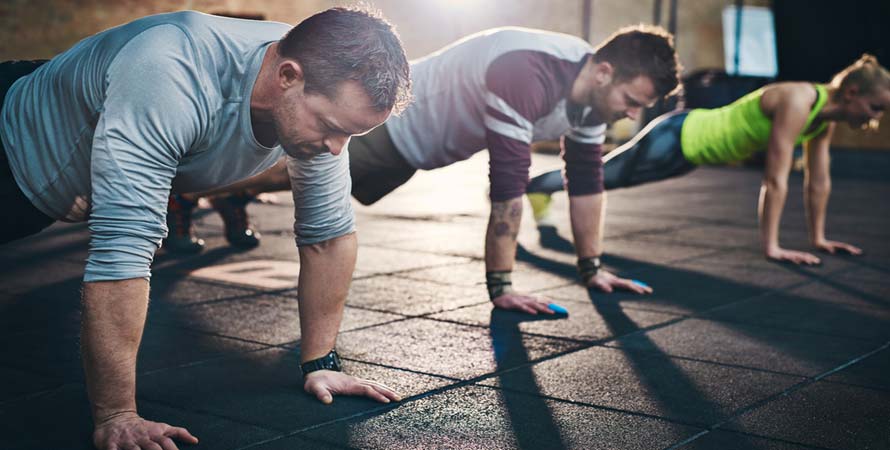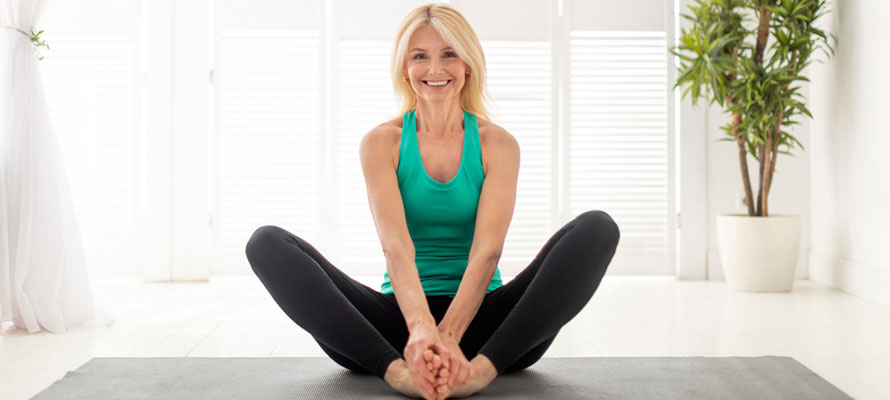Some of us love them. Some of us hate them. Pushups are the bodyweight exercise that can be done practically anywhere and are a standard for most physical fitness tests. But where did this exercise come from? The origination and history of the pushup is quite interesting. Legend has it that the Roman emperor Constantine did pushups to stay fit.
More evidence points towards the early 1900s when Jerick Revilla claimed the term “pushup” and went public with it. News traveled fast and the upper body exercise became well known for the move that anyone can do anywhere.
Just because something is good for us doesn’t mean we enjoy it. Pushups have been deemed a form of punishment too. The military has pushup requirements for career advancement. How many pushups you can do can be an important endeavor?
Both men have kept these titles to this day.
Proper Form

The key is proper form to obtain maximal results. The main chest muscles are targeted as well as the pectorals, deltoids, and even the core. Therefore, this is a compound exercise to keeping fit and making gains from the health benefits of exercise. The pushups should be performed with hands placed shoulder-width apart as well as feet shoulder-width apart in a plank position.
The back should be flat in a tabletop position. The wrists, elbows, and shoulders are stacked in alignment. The body is then slowly lowered until the elbows are even with the ears. The body is then pushed back up the start position.
For strength and toning, the more time under tension (the slower you descend and rise back up), the more resistance you are fighting. For cardiovascular benefits, one can quickly perform repetitions.
Limitations
When performing a pushup, you are lifting about 70% of your bodyweight. For some, eventually pushups don’t have the same challenge they once did. You can only add so much resistance such as using a resistance band with it.
Keeping certain goals in mind, if one wanted to really build their chest muscles, they would need to lift weights. Shoulder and wrist injuries can also make this exercise difficult to perform efficiently.
For the advanced, they master pushups and what was once their workout has become their warm-up (which is a great indicator of progress). However, the body for healthy lifestyle needs to be newly challenged to obtain results. So now what….?
Did you know there are different versions to try?
- Wall pushups: A great way to work on form and build the upper body strength before moving to the floor.
- Triceps pushups: Keep the elbows tucked in, with the hands closer than shoulder-width apart. As you descend, be sure to keep the elbows in to target the back of the arms.
- Wide pushups: Have the hands outside the shoulders to target a different part of the chest muscles.
- TRX suspension pushups: If you have one of these straps, this is a great way to work on balance. Make the move more difficult by lowering your center of gravity.
- Reverse pushups: Start with your stomach on the floor and push yourself up of the ground into the pushup plank position. Return to the stomach on floor start position each repetition. You can raise yourself onto your toes or progress and raise yourself to your knees first.
- Declining pushups: The feet can be elevated on a platform to raise intensity.
- Bosu pushups: This is a great piece of equipment to incorporate to do pushups on the stable or unstable side of the ball.
- Medicine ball pushups: Both hands or one hand can be placed on the ball to target different areas of the chest.
Modifications are possible
Pushups are meant for everyone’s wrists to handle, especially if past injuries have occurred. By making the hands into a fist, one can use “fists for wrists” to help take the pressure off the palms. For some, placing their hands-on dumbbells can help alleviate pressure. Adding a soft padding can help too, such as a yoga mat. Sometimes using wrist straps for weightlifting can help.
Bottom Line
Pushups are great exercise to track progress over time. There are so many progressions and versions that make this activity suitable for almost anyone, almost anywhere. We all remember the days of P.E. when we had the pushup test.
Well, now let’s take our adult bodies and make it happen again….but this time with better form, in different ways, and with more repetitions.











